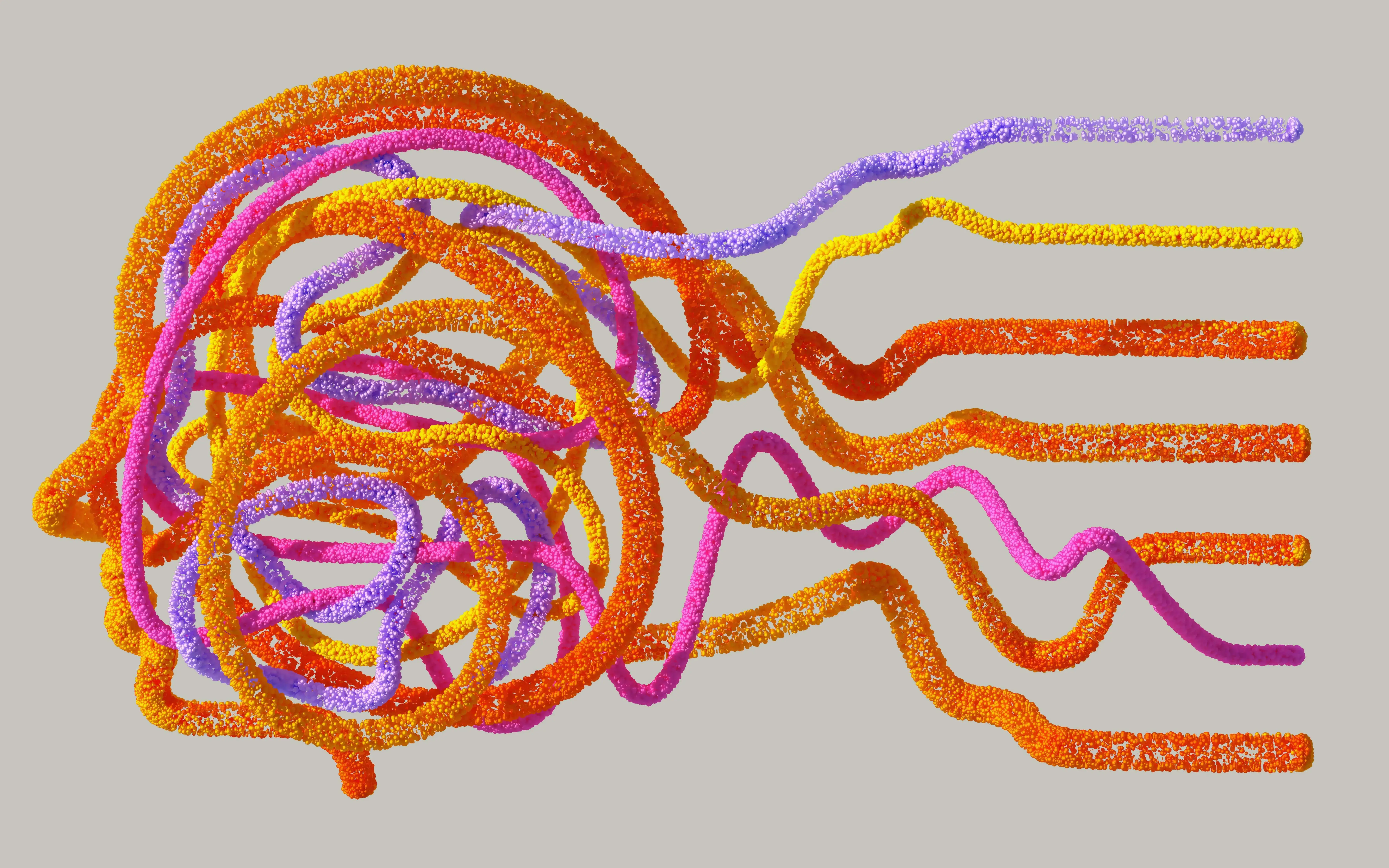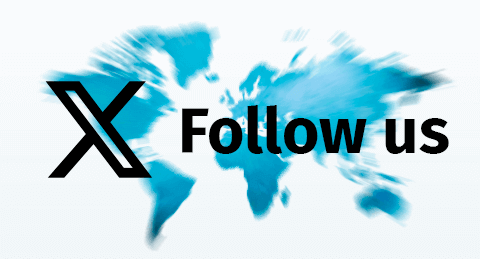
Artificial intelligence reaches the third sector between the promise of change and the risk of exclusion. Algorithms have no heart, but entities do, and this is a key role in the face of a new paradigm.
Artificial intelligence (AI) has reached all areas of our lives: education, health, culture... and also the third sector. Although it may seem like a distant or complex technology, the reality is that many social entities are already using it (consciously or not), with AI-based tools to make automatic translations, generate content, manage data or optimize processes.
AI opens up new opportunities : it can help organizations save time, expand impact, personalize services, or make informed decisions through data analysis. Some tools are free, accessible, and can empower vulnerable groups if used wisely. In an environment with scarce resources, this can make a difference.
This opportunity is also a challenge: for this technology to be truly transformative, it must be guaranteed that everyone has access to it and can understand it. The digital divide (technological, but also educational and linguistic) can leave many people and entities out. Without support, training and adaptation to diverse contexts, AI not only does not empower: it can exclude even more.
It is a technological change that challenges us not only as professionals, but as a society. We often focus on the technical part (on the tools, the data, the functionalities) and forget that behind each technology there are values, priorities and deep social impacts. When we focus only on the how, we forget the why and for whom. It is not just a technical issue, but an ethical and collective one.
Algorithms can reproduce (and do reproduce) the same biases that the social sector tries to combat: gender discrimination, racialization, invisibility of minorities, digital exclusion. The digital divide is not just a question of access: it is also a question of representation. Those who are not in the data will not be in the decisions.
AI tools are not neutral, because they learn from data and contexts that are not neutral either. And, therefore, without a critical eye , we can end up reinforcing structural inequalities instead of combating them. Technology is not neutral, but neither is it inevitable. Understanding it, questioning it and applying it with a critical sense is, today, another tool for social change.
And here comes the big question: who designs these technologies? Who decides how and for what they are used? If social entities do not actively participate, others will decide for them. And the third sector has a lot to say in this debate. It can demand an AI that is ethical, fair, participatory and at the service of the common good. It can train, experiment and generate knowledge from grassroots experience. It can put people at the center, also in the digital realm.
AI is not just a tool: it is a paradigm shift . And as civil society, we also have the challenge of understanding it, accompanying its uses and providing a critical and humanistic perspective. It is not a question of rejecting it or embracing it uncritically, but of asking ourselves questions: What AI do we want? For whom? With what impact?
Technology doesn't have all the answers, but it invites (and forces) us to ask better questions. And that, perhaps, is enough.



Add new comment